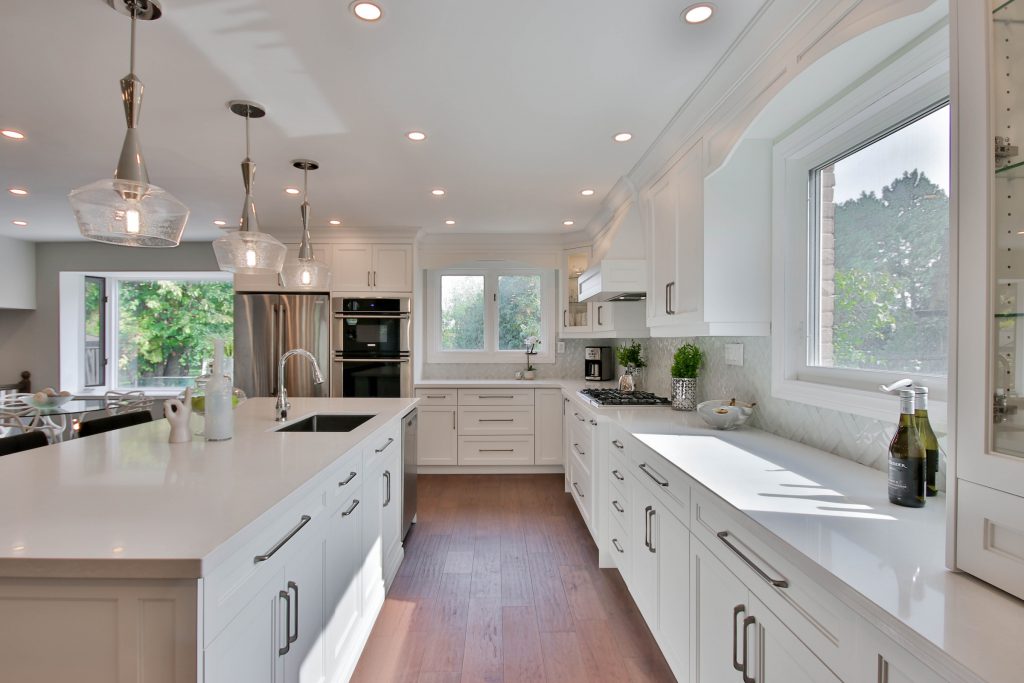The kitchen island, once a luxury, has now become a staple in modern home design. As the heart of the home, the kitchen has evolved, and the island has become its beating pulse. But before you decide to integrate one into your space, it’s essential to weigh the benefits against the potential challenges.

The societal shift and kitchen dynamics
Historically, kitchens were tucked away, separate from social spaces. However, as our lifestyles and societal norms shifted, so did our home designs. The open-plan concept emerged, blurring the lines between cooking and socializing. The kitchen island serves as a bridge between these spaces, promoting interaction and communal living. It’s not just about food preparation; it’s about creating memories, sharing stories, and fostering connections.
Space considerations: size and flow
While the allure of a kitchen island is undeniable, it’s crucial to consider the spatial implications. An island requires a balance between functionality and flow. For smaller kitchens, less than 15-20 square meters, an island might disrupt the workflow. It’s essential to ensure there’s ample space to move around, especially when multiple people are cooking or socializing. Remember, an island shouldn’t be an obstacle; it should enhance movement and accessibility.
Customization and equipment
One of the significant advantages of kitchen islands is the customization they offer. From a simple prep station to a fully-equipped cooking zone, the choices are vast:
– Sinks and Dishwashers: While adding a sink can be convenient, it requires planning for water and drainage. If your kitchen layout doesn’t easily allow for this, it might be best to opt for a simpler design.
– Cooktops and Ovens: Some homeowners choose to move their primary cooking area to the island. This can be a great way to make cooking more social, but it also requires additional considerations for ventilation and electrical needs.
– Storage Solutions: Islands can offer a plethora of storage solutions, from cabinets and drawers to open shelving and wine racks. Think about your kitchen needs and design your island to address them.
Design aesthetics and material choices
The design of your kitchen island can make or break the overall aesthetics of your space. Material choices play a pivotal role:
– Countertops: From granite and marble to wood and quartz, the countertop can be both functional and a design statement.
– Cabinetry: The style and color of the island’s cabinets should complement the rest of the kitchen. Whether you opt for a matching design or a contrasting statement piece, ensure it flows seamlessly with the overall design theme.
– Seating: If you’re using your island as a dining or breakfast area, consider the type of seating that will be both comfortable and aesthetically pleasing.
Cost implications
While kitchen islands add value and functionality, they also come with added costs. From construction and plumbing to electrical work and materials, it’s essential to budget accordingly. Remember, while they might be pricier, the added value they bring, both in terms of functionality and home value, can be a worthy investment.

 Open Immovlan
Open Immovlan